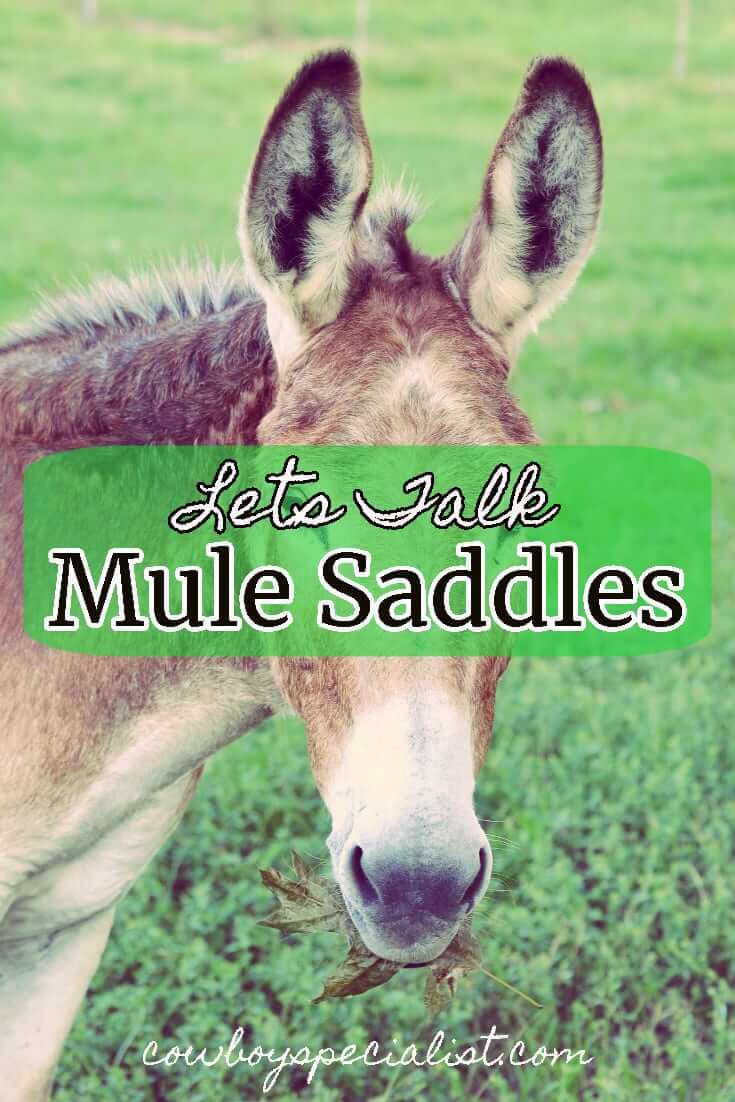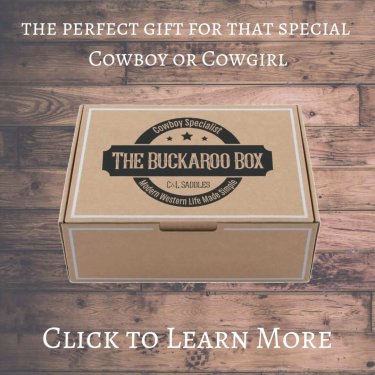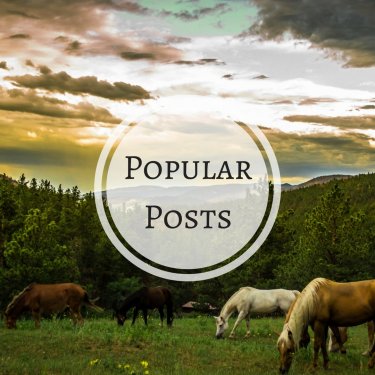Lets talk mule saddles
I have seen the topic of mule saddles turn into a heated debate a lot. I had some Mule Riders come in today and they asked my opinion on the subject. In my experience, there is no way to make one tree fit all mules, just like there is no way to make one tree fit all horses.
What to Consider when buying mule saddles
When buying a mule saddle you have to consider the type of mare the mule is out of. A mule out of a walking horse mare generally won’t use the same tree as a draft or even a quarter cross. At this point bar spread, angles and gullet measurements play a major roll. Lots of mules do fine with a horse tree, because they have the conformation to handle it but often there is to much bridge in the bars to keep the saddle from rocking on the animals back.
Flat Seat Cutter
I often have customers looking for a “flat seat cutter” for their mule. This is just a style of saddle and has little to do with the tree because these dimensions change depending on the builder. Most often I order mule trees with as little or no bridge if possible in order to get the most constant surface area on the animal. I generally use the same rules for surface area on a mule as I would a horse.
Sign up for our weekly newsletter and receive our FREE SADDLE FIT CHECK LIST! Learn how to check if your saddle really fits your horse. This check list will teach you how to know for sure. Now lets go fit some saddles!
The Spine
Another thing to consider when fitting a mule is the spine. Mules tend to have a more prominent spine hence are more prone to issues. In these instances I may consider a tunnel backed saddle or pad to give the animal as much support as possible without to much pressure on the spine.
Don’t Be Fooled
Remember just because a saddle has a cruper dee does not make it a mule saddle as well. Lots of companies use a standard tree in the saddle and with a few additions to the saddle call it a mule saddle.
Rigging
Rigging placement is another issue. I have found the riggings in the 3/4 or 5/8 position work the best for my customers. These rigging positions also help to eliminate rock and tend to be less likely to gauld the animal.
Padding & Tack Additions
Another thing to consider is proper padding. Remember to pad the animal according to surface area between the mule and the saddle. All the crupers, britchings, and breast collars you put on won’t help if the saddle doesn’t fit or is padded incorrectly.
Conclusion
I hope this helps with some questions you may be having. And if you have any other ideas or questions please let us know. I learn something new everyday. Either something I want to try or something I want to avoid but there is always more to learn.

PS If you haven’t already, you can sign up as an exclusive member to Cowboy Specialist and hear our banter every week!
 CLICK HERE TO SEE OUR SECRET HOLIDAY SALES
CLICK HERE TO SEE OUR SECRET HOLIDAY SALES 






